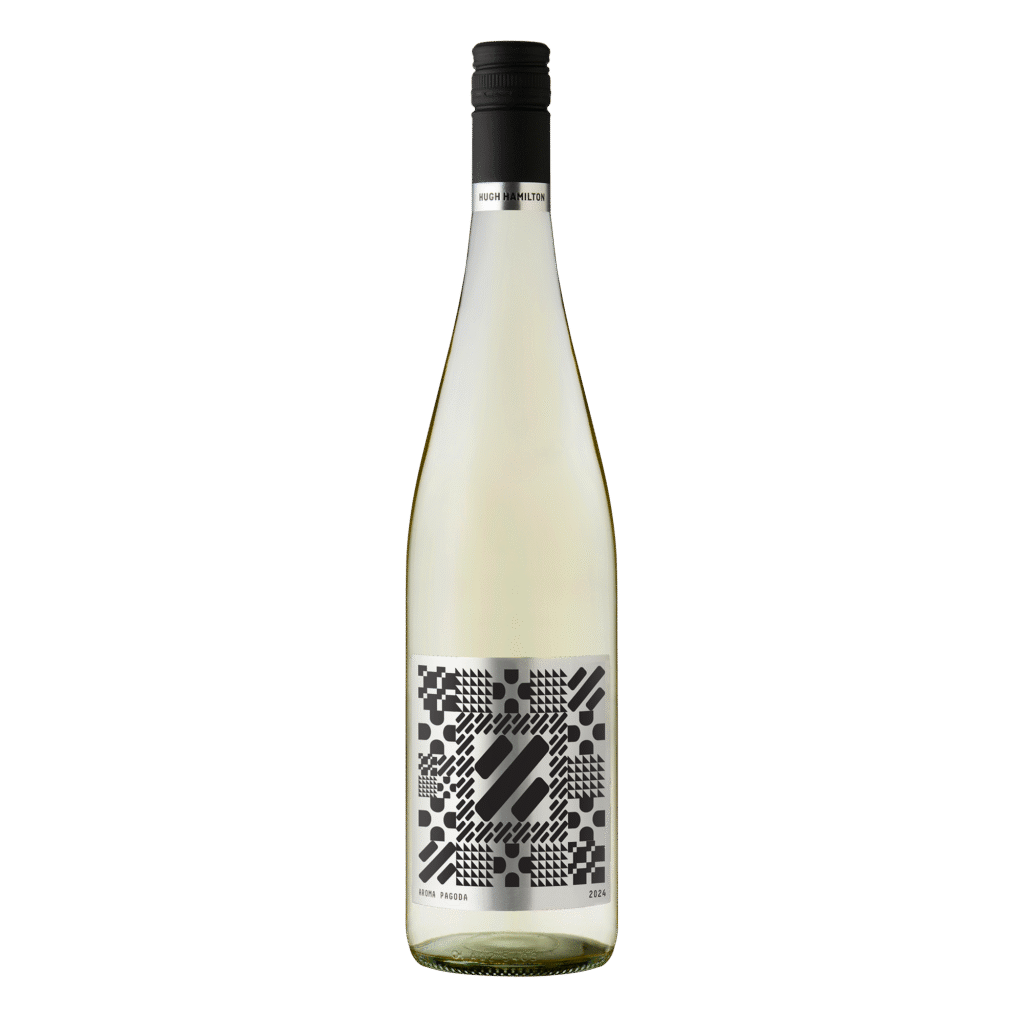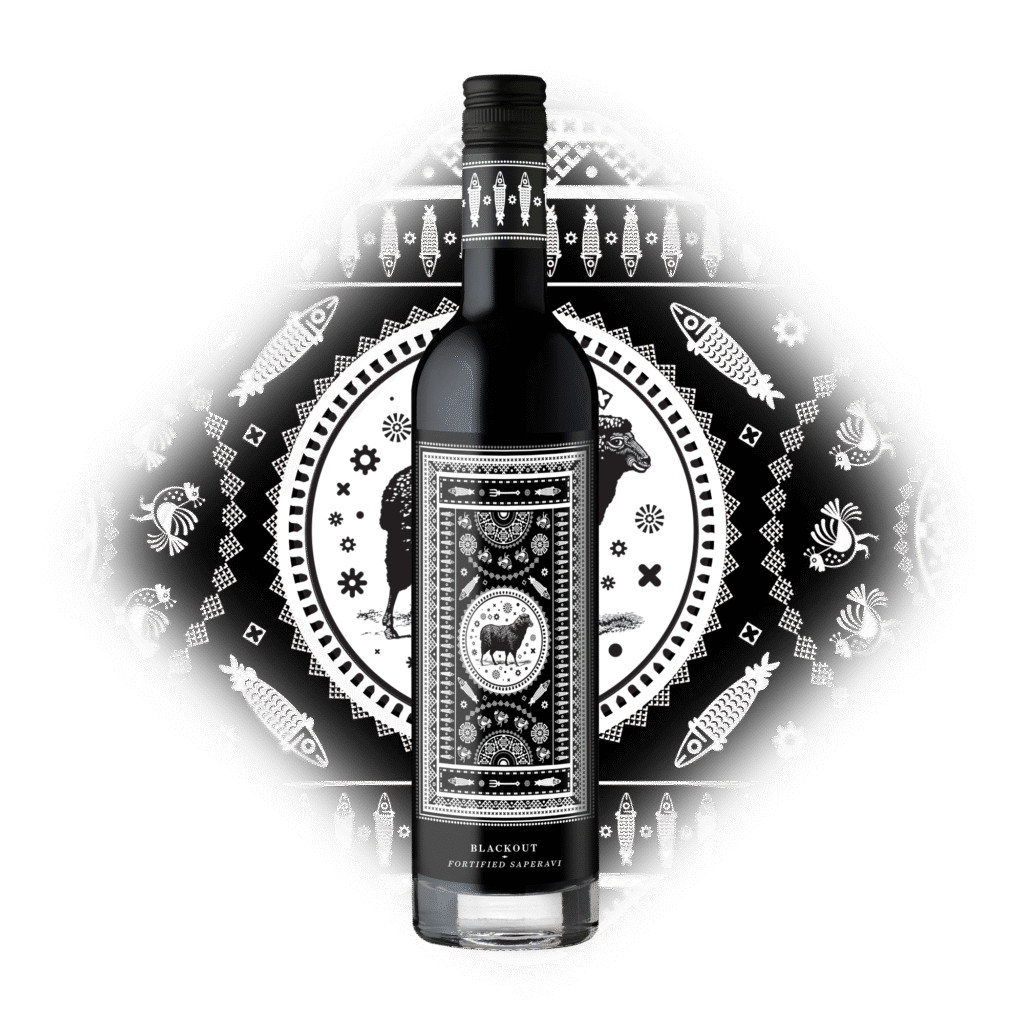
At the end of a strenuous semester of research, writing, travel, and hospital stays, I was delighted to receive an invitation from Mary & Hugh Hamilton to join them for a long lunch at the National Wine Centre in Adelaide, where we would sample some of the best HH wines on offer, beautifully paired with some excellent food. The One & Only had other plans, but I was footloose and fancy free. I accepted with alacrity, and, with great anticipation, I headed off to join an excited bunch of Black Sheep Club Members at the National Wine Centre on the edge of the Adelaide CBD.
Dedicated to promoting the Australian wine industry, the NWC was officially opened almost two dozen years ago, in October 2001. Located on the corner of North Terrace and Hackney Road, the site originally housed Adelaide’s first lunatic asylum, which was built in the 1850s. The stone wall around the periphery was apparently constructed by the hospital inmates and has been heritage listed by The National Trust. In 1938, the asylum building was demolished, and the grounds became part of the Botanic Gardens, and an orchard was planted on the site.
Then, in 1997, it was decided to clear the site again to make way for the first dedicated wine centre in Australia. Resembling a deconstructed wine barrel, the NWC was designed by Adelaide architects Cox Grieve and constructed from rammed earth, stone, timber, and stainless steel. This bright and spacious venue contains an interactive exhibition and educational facilities, as well as a range of bars and function rooms. In the Tasting Room, you can try more than 120 wines from over 55 of Australia’s 65 wine regions – if you have the stamina for that much wine in one sitting! This time, however, we were focussing on Hugh Hamilton’s wines, which were complemented by some delicious dishes created by the expert culinary team at the NWC.
At midday, I wander upstairs to join a profusion of other Black Sheep members in the Exhibition Hall. We are greeted by smiling staff and promptly offered a glass of Drama Queen, HH’s famous sparkling wine made by the smae méthode traditionnelle that is used to make French champagne – a labour-intensive process of creating bubbles, in which the wine undergoes a secondary fermentation inside the bottle. The Drama Queen is a glorious blend of Pinot Noir, Chardonnay and Pinot Meunier that provides a light touch of strawberry colour and flavour – and a lovely fizz! (I have always got a couple of bottles to hand, and I am happy to share, if you happen to be passing.) She fits perfectly with the cold canapés: a smooth mushroom parfait on croutons and a barramundi rillette on toast (a chunky pâté), providing an Australian twist to the French version that was truly scrumptious.
Guests are seated at tables named for the winery’s ever-expanding ‘Flock’ Series: the Scallywag (Chardonnay), the Trickster (Pinot Grigio) and the Floozie (Sangiovese Rosé); the Scoundrel (Grenache Shiraz Mataro), the Villain (Cabernet Sauvignon) and the Mongrel (Sangiovese); The Ratbag (Merlot), the Moocher (Mourvèdre) and the Rascal (Shiraz); the Larrikan (Shiraz Cabernet), and the Disrupter (Grenache). Oh, and don’t forget the Ruffian (Liqueur Muscat). Behind every name, the Hamiltons provide a great story. To hear those tales in all their glory, you will need to visit the cellar door…
In the meantime, we are treated to a sparkling duet from our hosts, Hugh and Mary (the father and daughter team at HH, and the 5th and 6th generation of winemakers in the Hamilton family), who bounce their polished and cheery introduction back and forth to the great delight and contagoius merriment of their audience. (The duo would continue to engage warmly with their guests throughout the meal, both publically and privately, making everyone feel part of a large extended family).
We begin our meal with an entrée of roasted chicken breast served cold with a tarragon aioli and a sweetcorn salsa. It is a tasty dish, but it is outgunned by the Aroma Pagoda, a 2024 blend of Fiano, Frontignac, Gewürztraminer and Vermentino from the Dark Arts series, for which Mary has designed some fascinating labels. This wine goes well with spicy food – Asian or Mexican (hence the salsa). The HH tasting notes describe Aroma Pagoda thus: A Pagoda is a multi-tiered tower, often with a high degree of ornamentation. Our Aroma Pagoda is much the same – layers of exotic aromatics, structured yet elegant, a temple to flavour.
Regarding the four wines blended here, I did some homework and came up with some interesting facts. Fiano originated in southern Italy. Traditionally grown in volcanic soil, it is particularly popular in Sicily. While we don’t have the volcanic soils, we do have the right climate, as McLaren Vale winemakers realized some time ago, when they began introducing Italian varietals to replace the more Germanic styles we had imported in the early years of settlement.
Frontignac is one of the oldest wine varieties, popular with the Romans apparently. Frontignan is the European name for this floral grape variety which produces intensely perfumed wines, similar to Traminer. Gewurztraminer is a cool climate aromatic grape that can add a fascinating touch of spice to a white wine blend. Originating in Alsace, it was popular in South Australia in the 1980s, but generally does better in cooler climates, such as New Zealand’s south island. However, there are still a few vines thriving in South Australia. And Vermentino is a varietal we first discovered in Sardinia a couple of years ago. We absolutely loved it – although the Sardinians were a mite put out when we explained that Australians had sourced this traditional mediterranean grape and brought it to McLaren Vale, where wine makers were producing an Aussie version. Cultural appropriation? Probably – but worth it.
At the same time as the layered Aroma Pagoda appears, waiters wae also pouring my favourite Cinderella Chardonnay. This is the moment I know it had been worth the trip to the Big Smoke. Using grapes from the Mount Lofty Ranges, this elegant Chardonnay is only lightly touched by French oak and bears little resemblance to those buttery Chardonnays of the 1980s. And I am delighted to be offered a top up as we anticipated the arrival of the next course.
To showcase the winery’s iconic ‘Pure Black’ – a fabulous blend of Shiraz and Saperavi – it has been paired with a wafer thin slice of wagyu bresaola topped with a smattering of quandong chutney, a tasty morsel of Italy and Australia presented on a crispy parmesan cracker. This amazing wine is rarely seen at wine tastings – which is hardly surprising given its $220 price tag! Destined to be the star attraction on the HH wine list, Pure Black is crafted with incredible care. From 400 barrels of the winery’s best Shiraz, only six of the finest barrels are chosen. Few of us had tasted it before, and all were volubly enthusiastic. And to ensure the joy lasts even longer, Pure Black is now available in a Magnum and a Jeraboam… for a really big party!
Our main course is accompanied by a relative newcomer to the Flock: a 2024 Grenache, nicknamed ‘The Disrupter’. The winemaker’s note explains how the vines are cuttings from the original Hamilton Ewell Vineyard — in what is now the heart of suburban Marion. Migrating south to McLaren Vale, these cuttings have thrived, and have produced a ‘beguilingly opulent’ wine. It is an interesting drop, but sadly it gets lost in the battle of flavours between the celebrated Saperavi ‘Oddball the Great’ and the delectable kangaroo fillet served with a spiced fig chutney.
As the name of this wine suggests, Saperavi is an odd and very unusual grape variety. Dating back 8,000 years, Saperavi is one of the oldest cultivated wine grapes in the world. A native of Georgia, it dwells happily between the Caucaus Mountains and the Black Sea, thriving in the colder climate and higher elevations – and yet it has made itself quite at home on the plains of McLaren Vale, between the sea and the less-than-mountainous hills of the Mount Lofty Ranges. Its name comes from the Georgian word for ‘dye’ which describes these inky black grapes perfectly. Referring again to the winemaker’s notes, I read that ‘the wines are often so intense that we have come to describe this variety as Shiraz raised entirely on a diet of lightning.’
To complete the meal, we are entrusted with a platter of cheeses and dried fruit to share around the table. The tasty Australian cheddar and the delicious Australian blue were accompanied by a mystery wine; a rich, delicious dessert wine that has found another use for the exotic Saperavi. ‘Blackout’ is a 2022 fortified Saperavi that has been matured in Kentucky Bourbon barrels in a Vintage Port Style. The winemaker’s notes on the HH website are positively poetic and I couldn’t hope to describe it any better myself:
Blueberries, figs, burnt caramel. Spices vie with muscatels, butterscotch, and freshly roasted coffee beans. Intense, dense, full; it’s as close as imaginable to drinking a chocolate mudcake.
And on that note, it is time to call a taxi, having celebrated in style the end of a very busy semester…
*Thanks to Mary Hamilton for allowing me to reproduce these photos from the Hugh Hamilton website. As you may have guessed, I was far too busy eating and drinking and making new friends to remember to pick up my phone and take a single photograph.




